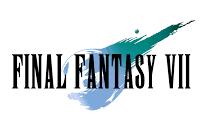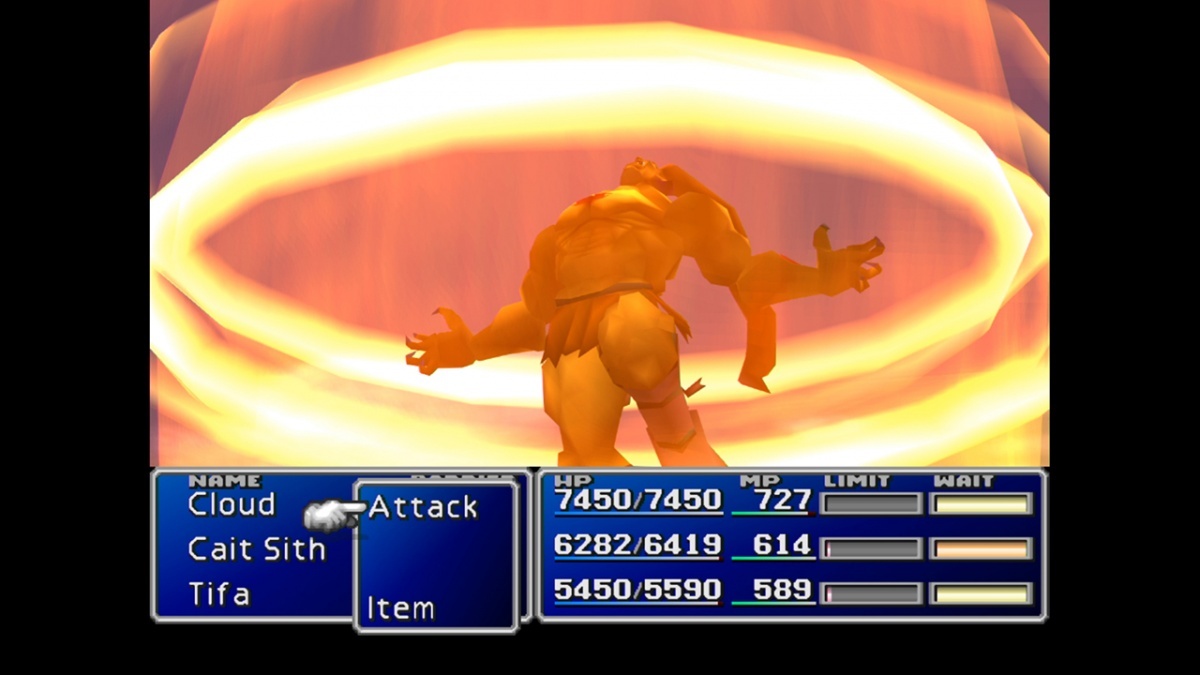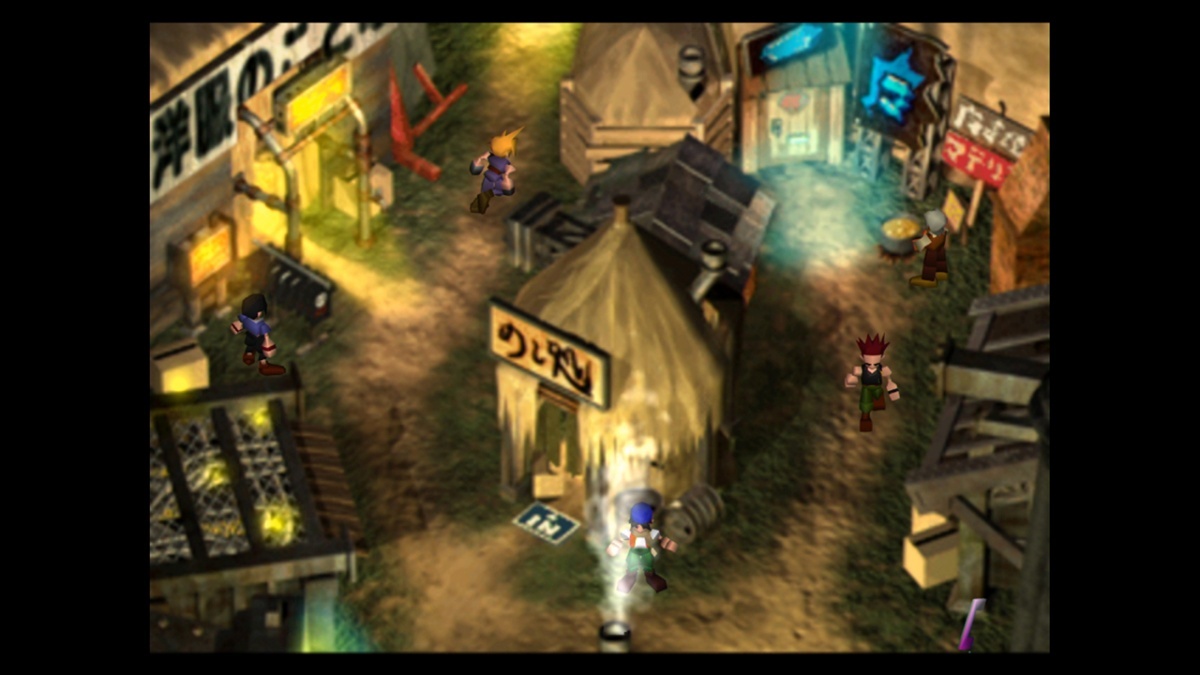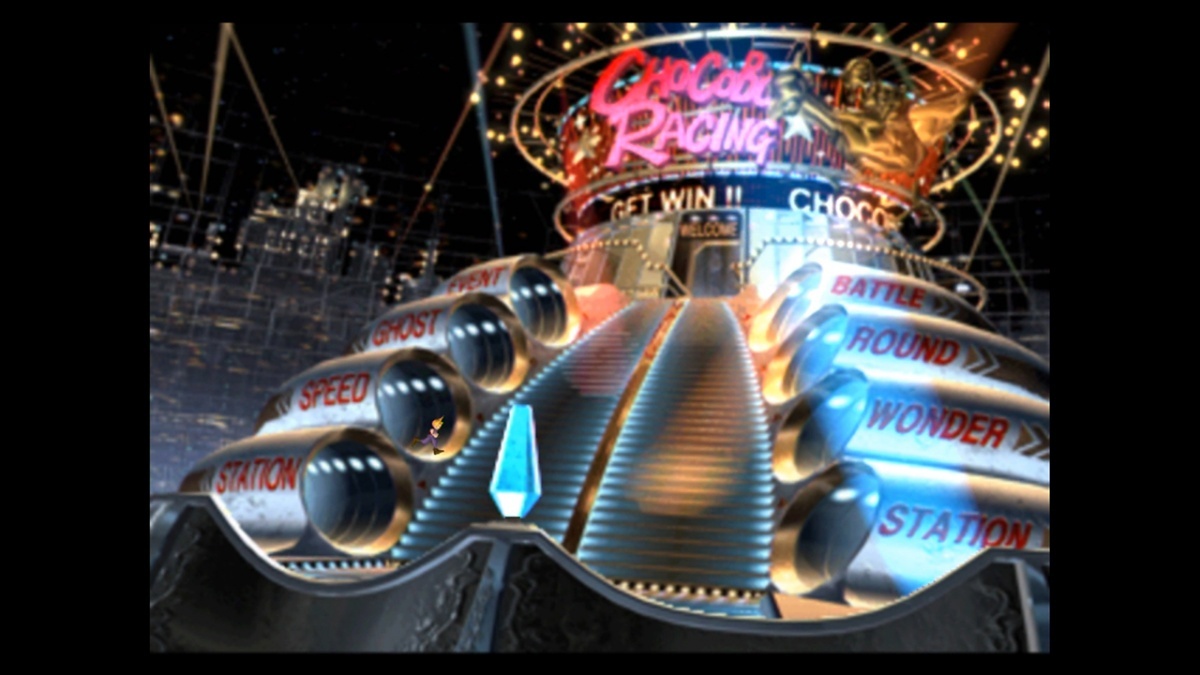Final Fantasy VII (Nintendo Switch) Review
By Rudy Lavaux  11.05.2019
11.05.2019

The tale of SquareSoft's abandon of Nintendo in favour of Sony, is one that made history and has been the subject of many speculations over the years. Now of course, the year is 2019, and people who were there and lived through those events have recounted what really happened, so that everybody knows that Final Fantasy VII never went past the planning stages, and never actually went in development for the Nintendo 64, as SquareSoft run benchmarks on consoles of the time to determine which one could best drive their ambitions for high polygon crunching power, and large storage capacity to help them deliver their artistic vision of what the next generation JRPG should look and play like... and Sony's Playstation came out on top in that race. So, this didn't start out as a N64 game at all, and with that misconception out of the way, and a good understanding of why the series remained absent from Nintendo's consoles for years... players can appreciate all the more why this particular legendary entry coming to Switch is a big deal indeed from an historical standpoint - but for those that never played it before though, the important question is this: does it hold up?
The premise of Final Fantasy VII is that a company named Shinra is exploiting Gaia's resources without any regard for the impact this could have on life on the planet. It extracts the life energy called Mako from the ground, and processes it in Mako reactors to turn it into electricity. People in this world, mainly in the big metropolis called Midgar, are so reliant on technology to survive that this power company, having monopoly on energy production, literally rules the world. A group of people called AVALANCHE, however, is fighting back against the company to stop the exploitation of Mako energy and save the planet. Part of this group of terrorists are Barret, Tifa, and Cloud, among others. The story opens as members of AVALANCHE, including Barret and Cloud, plan to infiltrate one of Midgar's Mako reactors and blow it into oblivion to hinder Shinra's Mako extraction plans, and much of the story will follow Cloud and co.'s adventures fighting Shinra at first, up until they discover experiments led in the background by scientists within the company to infuse people with Mako, conferring them immense power, and leading to a much greater danger for the planet's survival.
This is delivered through still backgrounds, a first in the series, and a departure for good from the tile based 2D art used in previous generations of console. Because of that, and for better or for worse, as a JRPG in the present day, Final Fantasy VII shows its age in a lot of departments. The art relies heavily on procedurally generated textures, which gives it a far more dated look than the more artsy Final Fantasy IX. Nevertheless, there is an undeniable charm to what's on display, especially in the whole Midgar section showing a dystopian near-future city where people have things like CRTs at home and other modern appliances that is more gritty and appealing than anything the series had seen up to that point and the soundtrack (more on that later) helps a lot with instilling a unique feel for the game world and the characters that inhabit it. Navigating the environments can be a bit strange at first, because pressing any direction on the D-Pad or Analogue Stick will not move the character in that specific direction on screen. Instead, each pre-rendered scene is considered to be tilted at an angle so "up" may move the protagonist towards the camera, or away, or to the top left or top right depending on which scene is being displayed. It takes a moment to adjust to, and was not so odd back in 1997 with systems like the tank controls from Resident Evil prevailing in those days. Today however, this feels a bit counter-intuitive indeed.

Battles are not very snappy like JRPGs of the 16-bit era could be, or later 3D ones that came after eventually became (Final Fantasy X is a good example of this). Animations for magic casting or even summoning sequences take forever, and can't be skipped, for instance, though this is nowhere near as bad as this became in Final Fantasy VIII later. This release however, like Final Fantasy IX's, introduces three boosters, of which the "3X Speed" can be very useful in making battles way easier to sit through. The other two boosters allow the player to turn off random battles, as well as making characters regenerate all their HP upon damage in battle so long as damage sustained did not exceed that character's max HP stat. MP also gets regenerated upon use, and the limit break gauge fills back up in the same fashion too, making the party in a power house indeed when this booster is used. Those boosters are, naturally, completely optional and up to the player. None of them are permanent either, and, unlike the Steam release from several years back, this version does not provide max Gil or max experience permanent boosts. Therefore, grinding will still be required, though that will not take nearly as long with the speed booster in place.
The main defining aspect of Final Fantasy VII is in its character customisation options. A lot of the effort in bringing this game to existence back in its day was poured into the visuals, no doubt. Character customisation and evolution is, as a result, paired back here. Characters are reduced to only three characters in the active party out of nine selectable personas, and they may only equip one weapon, one piece of armour, and one accessory - that's it. Battles themselves play out for the most part exactly like its 16-bit predecessors, carrying over the Active-Time-Battle system introduced in Final Fantasy IV, and refined over subsequent releases. The main draw of battles relies then in two new introductions: the Limit Break system, and Materia. The Limit Break system gives every character a gauge that fills up as they take damage in battle, and when that gauge is full, that corresponding character is allowed to unleash a powerful, very cinematic super attack that resets the gauge. Each character, with few exceptions, gains up to seven of those, and they come in four levels of power. Setting that characters limit break to a higher level for more power means that the gauge will take longer to fill up though. As for Materia, they are spheres that can be equipped on weapons and armour pieces in slots, conferring the wearer new abilities when worn such as commands like "steal," "manipulate," or the classic spells and summons.

Materia grow in power by gaining ability points in battle. When they are fully mastered, they will duplicate themselves, which means that creating copies of any of them is possible, bar the exception of 'Master Materia.' Beyond granting new abilities, magic and summons, they also typically carry stat boosting bonuses, increasing or decreasing specific stats on their wearer. This is an interesting system not very far off from the equipable Espers or Eidolons from Final Fantasy VI, however Materia management itself is implemented extremely poorly. There is no way to re-arrange them automatically which makes looking for one specific Materia in the menu a real chore. Then, when a new Materia is spawned from mastering one equipped on a character, if the Materia inventory was already full, the newly spawned item will overwrite an existing one in the list and take its place. This could mean losing permanently potentially a Materia that had been painstakingly mastered over hours of play time, a difficult one to obtain legitimately... or maybe even a Materia that can only be obtained once in the whole game, rendering obtaining the legendary Master Materia in Cosmo Canyon impossible at all should that happen if the player isn't careful. Furthermore, some Materia can be permanently missed when playing without previous knowledge, as is the case in Mideel or the Underwater Junon Reactor. This can be infuriating indeed. For things like that, replaying Final Fantasy VII now with those inconveniences still in place can be an exercise in frustration.
As was the case with the Switch version Final Fantasy IX and other modern re-releases up to this point, this release of Final Fantasy VII should neither be consider and HD remake or port, or even a remaster. This is even truer since the actual "remake" of Final Fantasy VII is, at time of writing anyway, in the works for a future release. In its present version, Final Fantasy VII is in a peculiar state. The version at hand is not an emulated port. Rather, every modern non-PSN release of the Playstation classic are ports of the 1998 PC iteration which fixed certain typos, though not all of them, but introduced its own slew of extra bugs and drawbacks. This was patched and updated numerous times over the years to fix those bugs and, among other things, replacing the MIDI soundtrack of the initial Windows release with streamed music of the PS1 release for parity in the sound department. Unlike Final Fantasy IX however, the CGI cut-scenes or original files that helped create them originally probably didn't survive the passage of time and so we are stuck with 240p CGI that is stretched across a much larger canvas and looks expectedly blurry on large modern panels, but holds up remarkably well on the handheld screen of the Switch.

In this instance though, the nature of the character models displayed on top, being gouraud-shaded, and sporting a very low polygon count, but now rendered at a higher resolution, means they blend better with the backgrounds, which until then looked smooth while characters looked extremely pixelated. Final Fantasy VII also blended real-time 3D models in pre-rendered movie sequences, a lot for a seamless transition from fixed backgrounds to sequences where motion is important. Here, because they are now far less pixelated than on the PS1, they can still be spotted as not being part of the CGI portion, but they look much closer to their CGI counterparts as a result, so this can be seen as an improvement. What isn't an improvement, however, is how the Switch version in particular displays one frame or two of solid black background every time a CGI cut-scene ends and transitions to a fixed background (i.e. when the train stops at the station in the opening or when arriving at the Gold Saucer by cable car). Seeing as Square Enix has not seen fit to fix any bugs present in Final Fantasy IX, over a month after its Switch release, one should not expect any fix for that on Switch either. It is not a game-breaking thing at all, and this is still very much enjoyable despite that, however, since this is more expensive than the PSN release of the PS1 version, those blemishes should not be present at all.
Likewise, Final Fantasy VII on Switch also suffers from the same crippling music bug that doesn't pick up where the music stopped before a battle after the latter is ended, despite the fact that this had been fixed for PS4 players. Instead of pre-recorded redbook audio or compressed PCM audio streamed from the CDs the game shipped on, the soundtrack was rather composed with the sound chip of the PS1 in mind, which itself iterates on the SPC700 sound chip of the SNES before it, also designed by Ken Kutaragi. As a result, the music of the game has a feel to it that reminds of the SNES, something subsequent Final Fantasy games dropped completely in favour of more life-like samples, while at the same time delivering, as expected, better sound quality afforded by the more modern pieces of hardware. This gives it a charm and identity of its own that is only complemented by the super compositions from Nobuo Uematsu. It's just yet another of his masterpieces, make no mistake about it, and this certainly the part of the game that has aged the most gracefully of all.

Cubed3 Rating
Good
Final Fantasy VII is a milestone in console RPGs in general, deserving to be played by all fans of the genre for its historic relevance. However, it has not aged quite as gracefully as others in some areas, which means it's not quite as timeless, like many games of its vintage, unfortunately. This is to do with the original game itself, of course, and not this release in particular, so anyone who already enjoyed it elsewhere won't enjoy it any less on Switch. What has to do with this release, though, is that, for a digital release of a game of that vintage, at the price it goes for on the eShop, the very minimum would be to deliver a product that is devoid of bugs, and Square Enix delivered a package that not only packs bugs already patched previously on other platforms, but which also introduces new ones to boot - and several weeks after its release, there is still no sign of any updates coming. This doesn't get in the way of the enjoyment, sure, but that is still inexcusable.

![]() 6/10
6/10
![]() 0
(0 Votes)
0
(0 Votes)
 Out now
Out now  Out now
Out now  Out now
Out now  Out now
Out now Comments
Comments are currently disabled

 Sign In
Sign In Game Details
Game Details Subscribe to this topic
Subscribe to this topic Features
Features





 Top
Top

